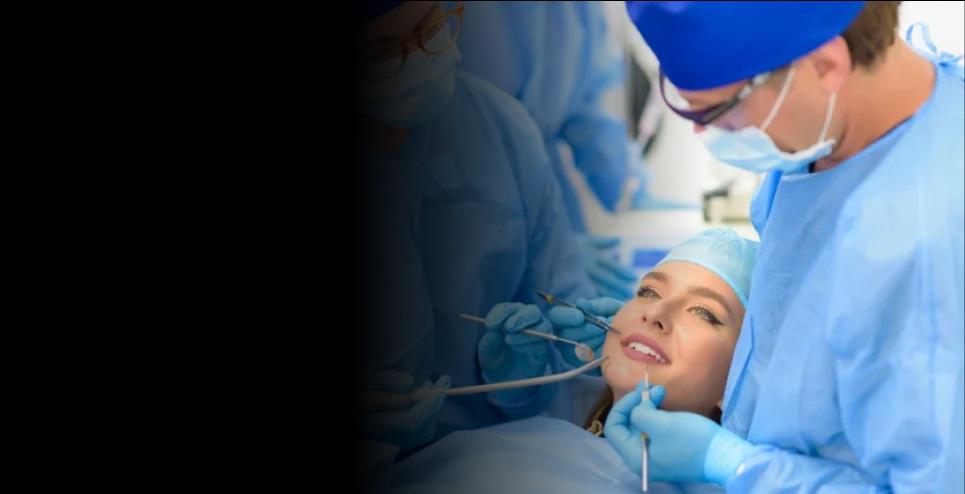Video-Assisted Thoracoscopic Surgery (VATS)
at Sterling Hospitals - Rajkot

at Sterling Hospitals - Rajkot

How can we help you?
Video-Assisted Thoracoscopic Surgery (VATS)
Video-assisted thoracoscopic Surgery (VATS) is a minimally invasive surgical technique used to diagnose and treat problems in the chest, including the lungs and surrounding structures. During VATS, a thoracoscope (a thin, flexible tube with a camera and light) and surgical instruments are inserted through small incisions in the chest. This allows surgeons to view the chest cavity on a video screen and perform procedures with minimal disruption to the body.
When and why do people go for VATS?
People undergo VATS for several reasons, including:
- Lung Cancer Treatment: VATS is commonly used for the removal of lung tumors, offering an alternative to open chest surgery (thoracotomy).
- Pleural Effusion Management: It is used to drain excess fluid in the pleural space and to perform pleurodesis to prevent fluid buildup.
- Lung Biopsy: VATS allows for the removal of lung tissue samples for diagnosing conditions such as cancer, infections, or interstitial lung disease.
- Pneumothorax Treatment: It can repair a collapsed lung and prevent recurrences by removing or sealing the source of the air leak.
- Mediastinal Tumors: VATS is used to remove tumors located in the mediastinum, the central part of the chest cavity.
Patients opt for VATS because it is less invasive, has a shorter recovery time, and typically results in less pain compared to traditional open surgery.
What makes VATS different from other treatment options?
VATS differs from other treatment options in several key ways:
- Minimally Invasive: VATS requires only small incisions, reducing trauma to the chest wall, muscles, and ribs compared to open surgery.
- Reduced Recovery Time: Patients typically experience a quicker recovery and shorter hospital stays due to the less invasive nature of the procedure.
- Lower Risk of Complications: There is a reduced risk of infection, less postoperative pain, and decreased likelihood of complications like prolonged air leaks.
- Enhanced Visualization: The video camera provides a magnified view of the chest cavity, allowing for precise surgical manipulation and better outcomes.
- Versatility: VATS can be used for a variety of thoracic conditions, making it a versatile option for both diagnostic and therapeutic purposes.
How does life change after VATS?
Life after VATS generally improves in several ways, though the recovery experience can vary:
- Faster Recovery: Due to the minimally invasive approach, patients often return to their normal activities more quickly than those who undergo traditional open surgery.
- Less Pain and Scarring: The small incisions result in less postoperative pain and minimal scarring, contributing to greater comfort during recovery.
- Improved Lung Function: For many, VATS resolves issues that were impairing lung function, such as removing tumors or fluid, leading to improved breathing and overall health.
- Regular Follow-ups: Ongoing monitoring through imaging and check-ups is essential to ensure that the underlying condition has been effectively treated and to detect any potential recurrences early.
- Enhanced Quality of Life: Many patients report a significant improvement in their quality of life after VATS, particularly in terms of mobility, breathing, and returning to daily activities without the burden of chest discomfort or disease symptoms.
VATS offers a modern, less invasive alternative to traditional thoracic surgery, with numerous benefits that make it a preferred option for many patients and conditions.